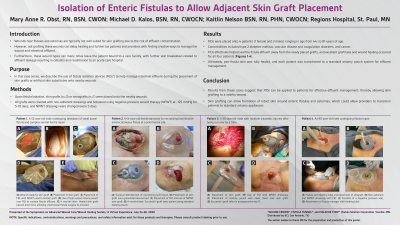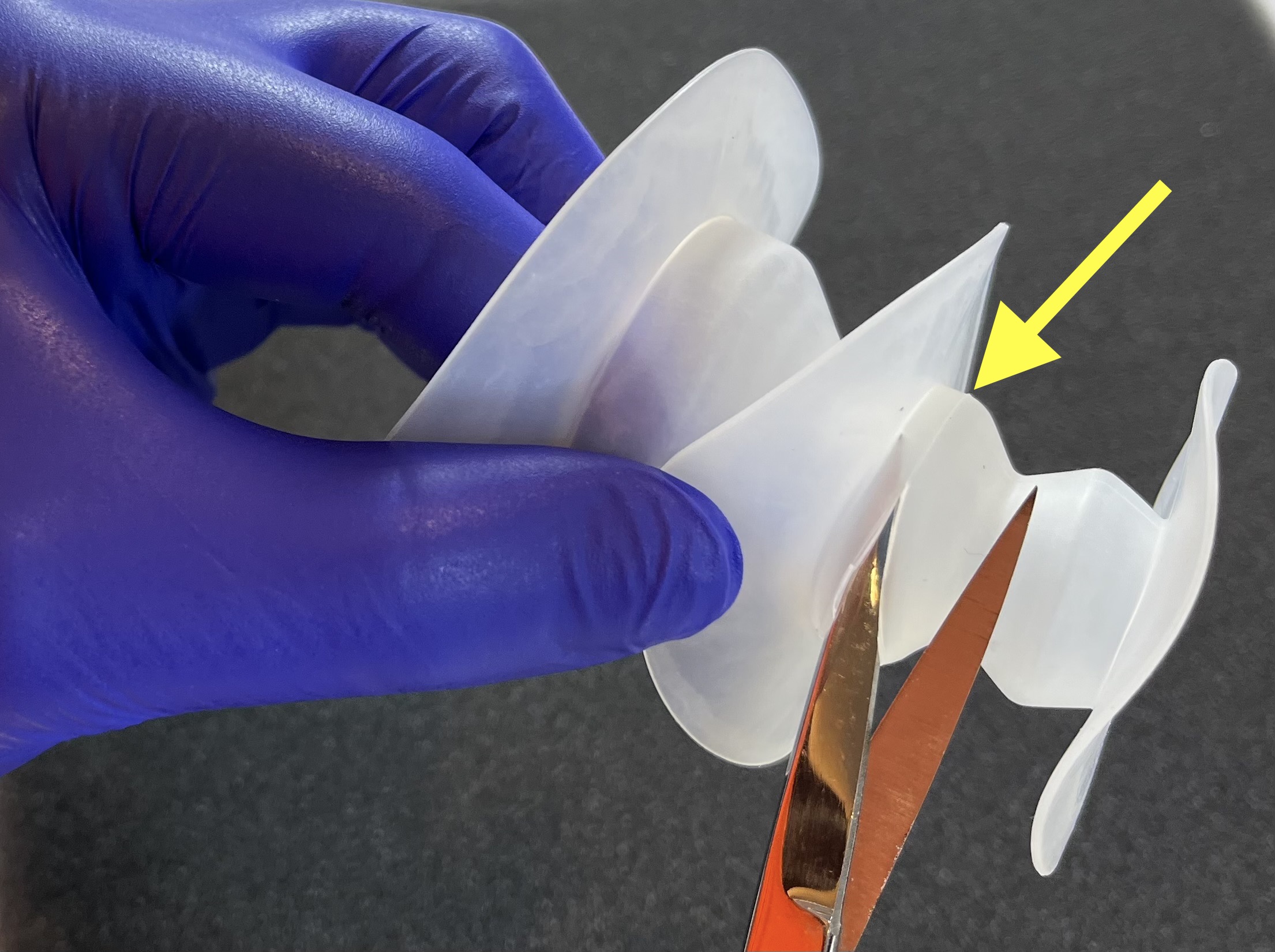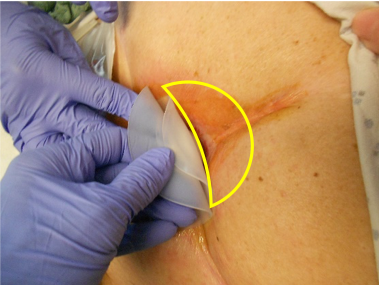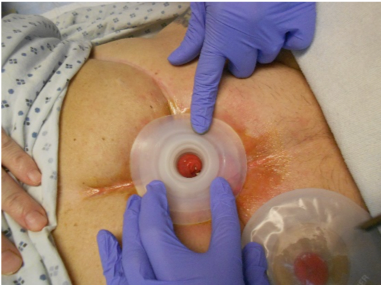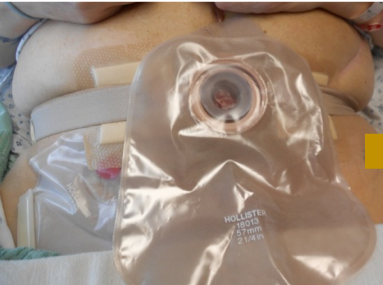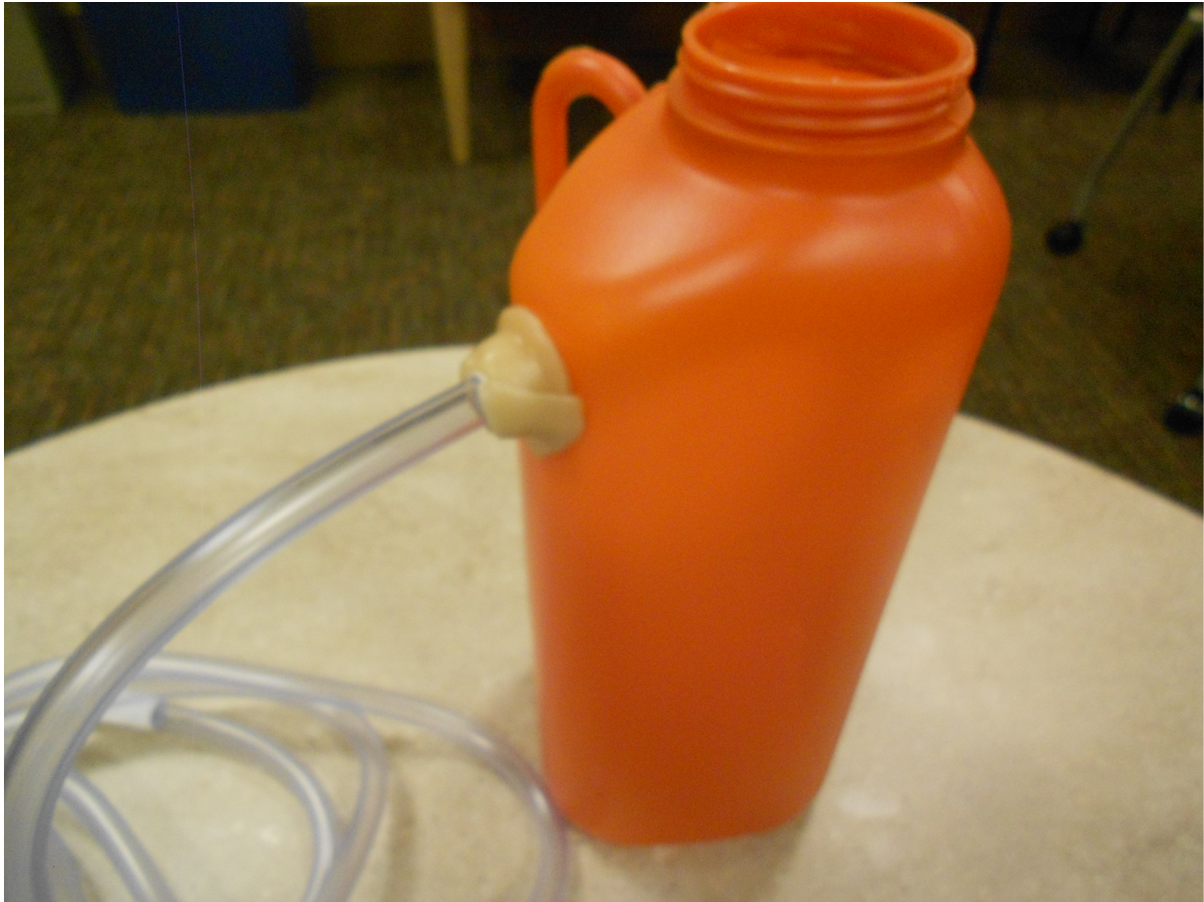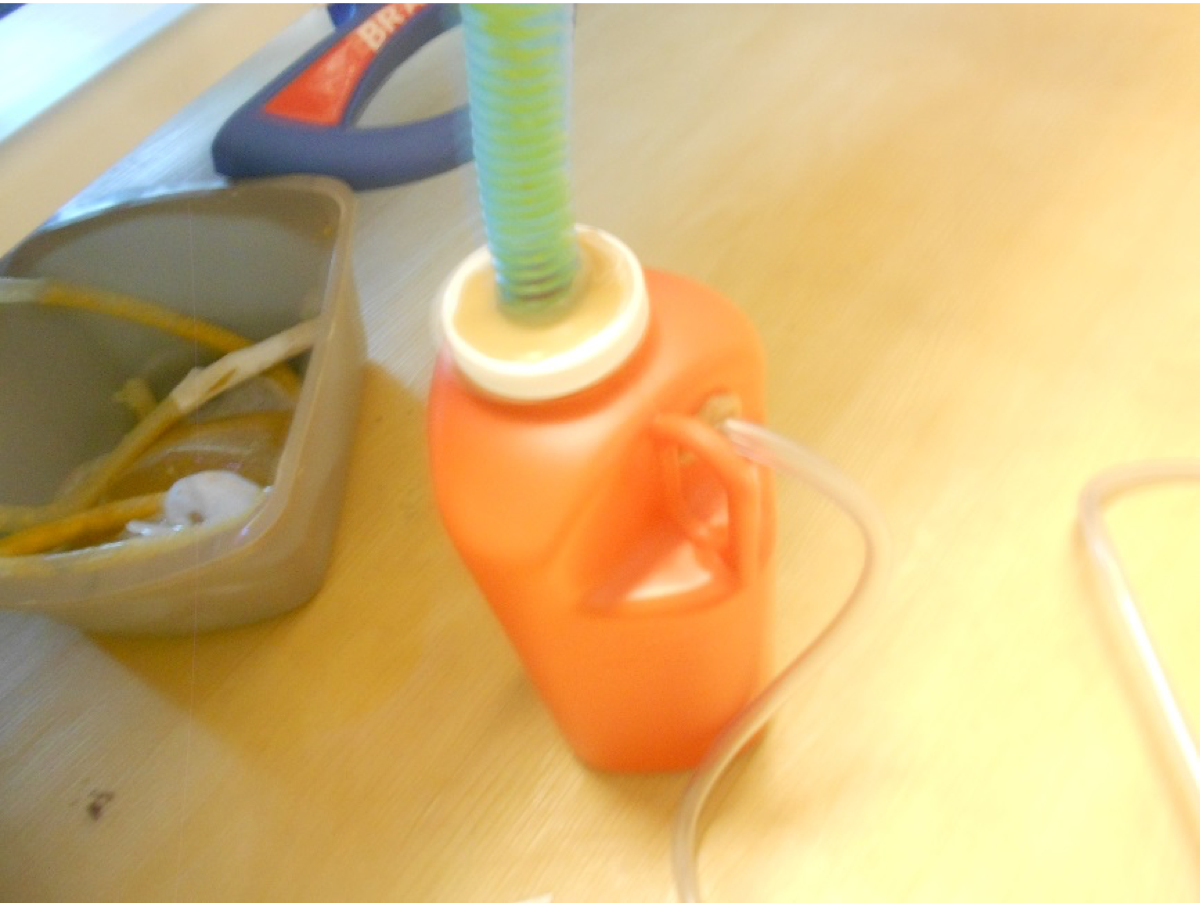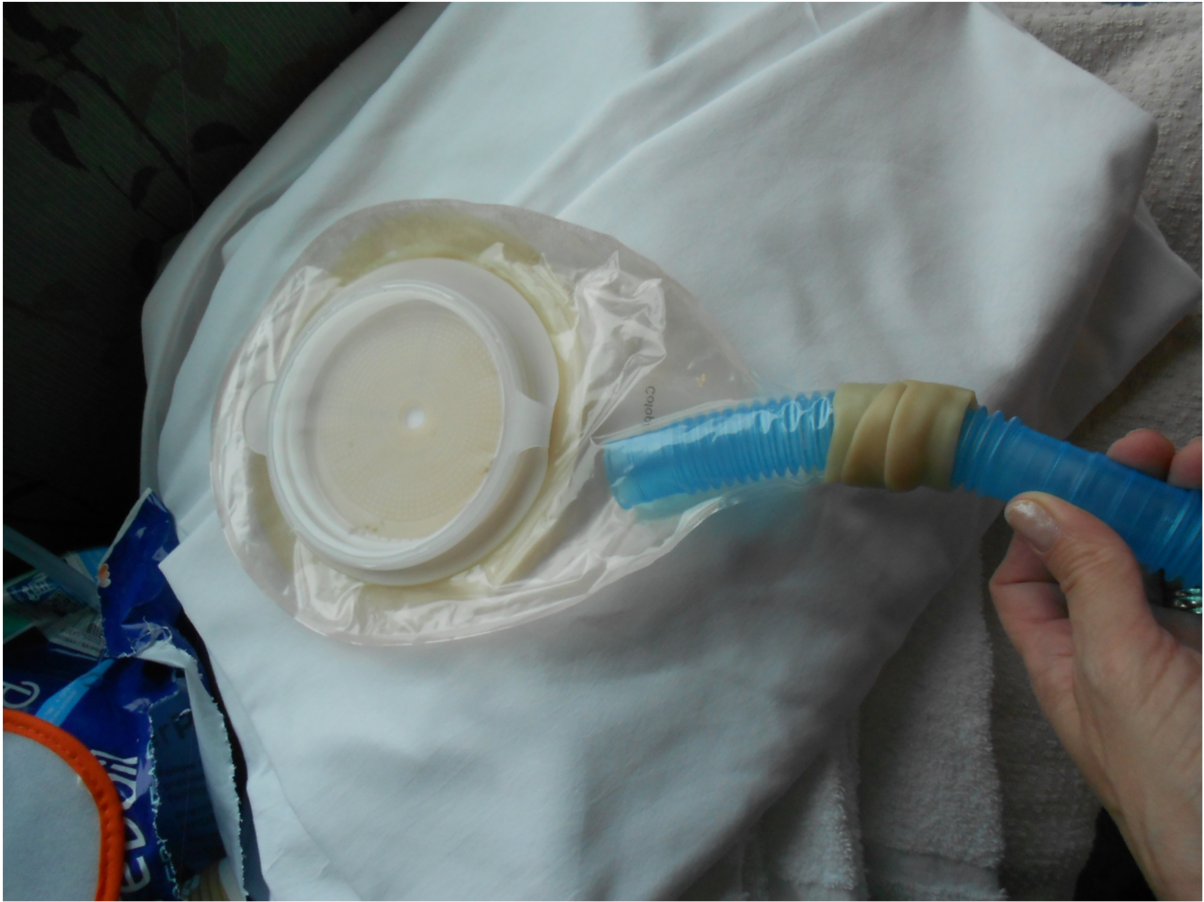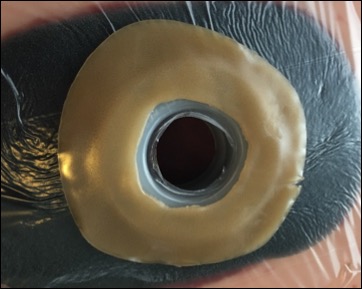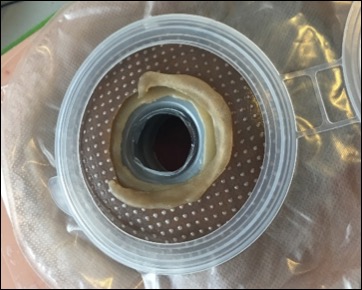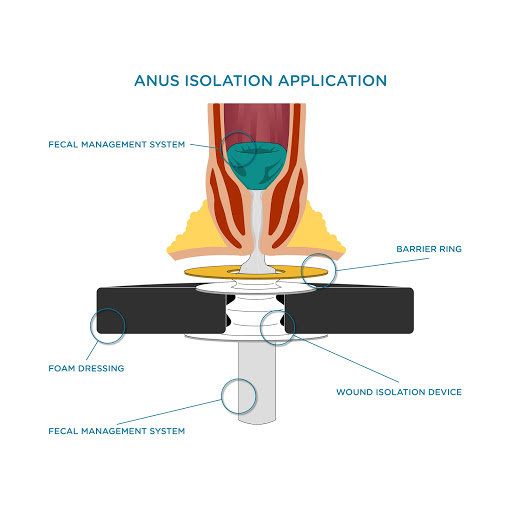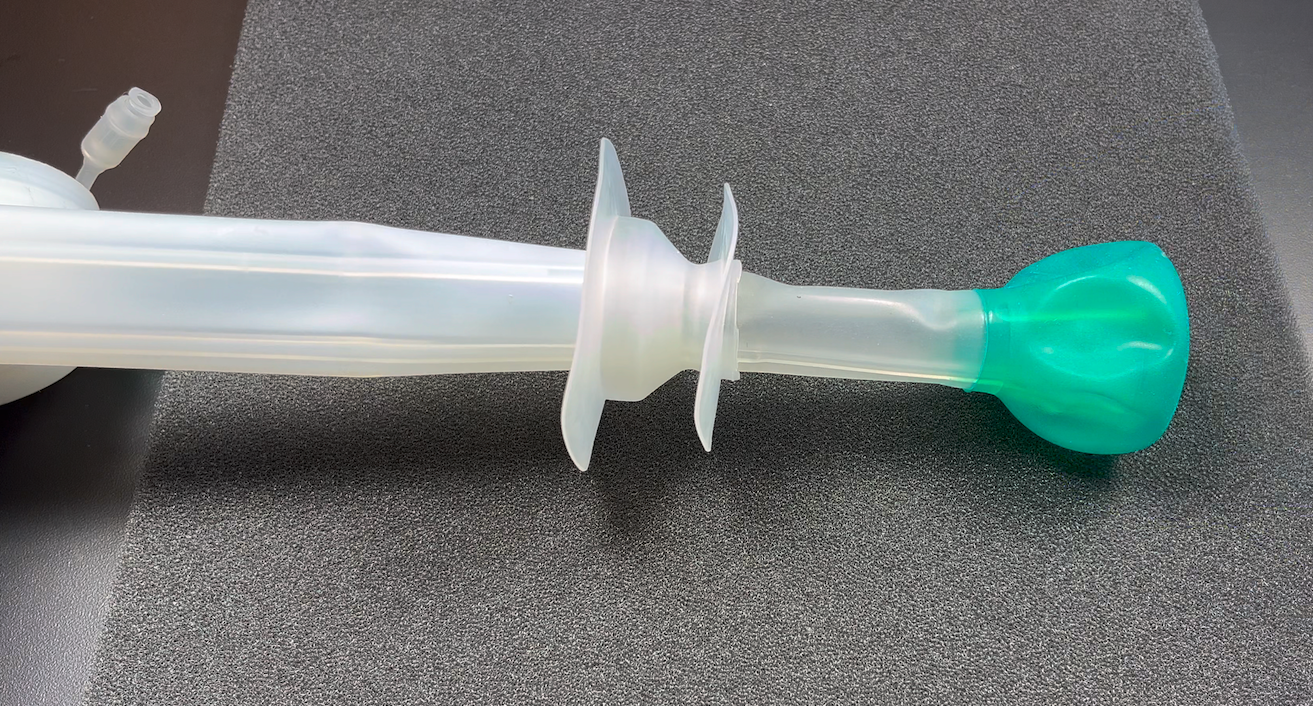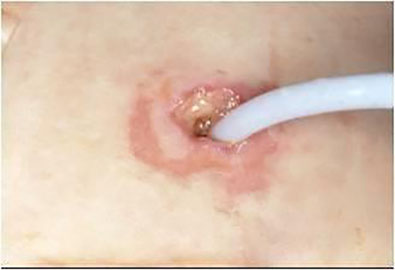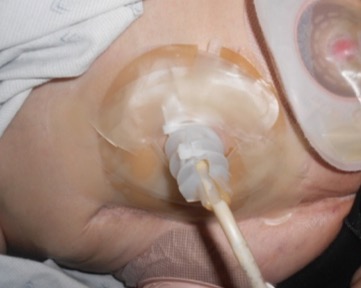David Dries, MD will present Massive Burns After Forge Explosion: New Technique to Protect Perineal Skin Grafts without a Diverting Ostomy at 4:06 PM EST on January 14th, 2021 during the Eastern Association for the Surgery of Trauma's Annual Scientific Assembly – Virtual.
One of the difficult aspects of maintaining good wound healing and perineal wounds is fecal contamination. Diverting colostomy and ileostomy are treatment options along with administration of materials which affect bowel motility.
Dr. Dries will present a new technique using a fecal collection circuit combined with an isolation device to avoid redirection of the fecal stream with the associated additional operative procedures of colostomy and ileostomy formation. This Master Class Surgical Video presentation will illustrate a step-by-step application of this technique through case-study pictures and illustrations.


